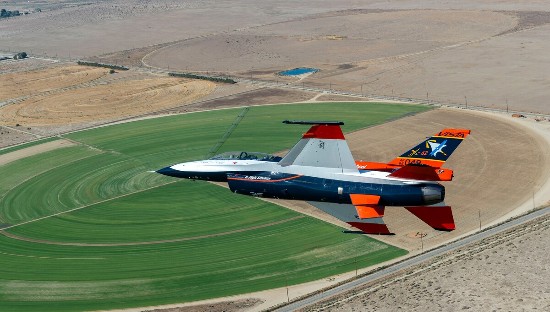This is the last of the three-part series looking at how militaries and the wars of the 21st century will be managed. One growing trend whether in democracies or autocracies is that recruiting personnel for military service has become far more challenging.
In 2022, every branch of the U.S. military struggled to meet recruitment goals. Reasons given for this shrinking number included potential recruits who were obese, drug users, or had criminal records. Of those who applied between the ages of 17 and 24, only 23% qualified, down from an average of 29% in previous years. In addition, interest in military careers among eligible Americans has dropped to 9%, the lowest number since 2007. The result for the U.S. military is that enlistment targets in 2022 were only 40% met.
Canada’s military last year also noted a recruitment problem. In 2021, recruitment efforts filled less than half of the military’s needs. The Canadian military noted that the number of applicants was also down by half leading to a growing shortfall. Canada’s military in 2022 reported it had 100,000 unfilled positions.
In Germany, where the military was once considered an honourable career, the country cannot get Germans to join and is considering offering positions to foreigners to fill its depleted ranks. Other European Union countries are similarly challenged.
Russia invaded Ukraine in February 2022 with 150,000 to 190,000 troops, largely members of Russia’s professional army, navy, and airforce and members of a mercenary army, the Wagner Group. After the offensive stalled and was rolled back by Ukrainian forces in some areas, Russian mounting casualties led to the government enacting a partial mobilization to fill the ranks. Even the Wagner Group began scouring prisons to fill its depleted ranks. Meanwhile, on the day of the mobilization announcement, tens of thousands of Russian men fled the country displaying what seems to be a consistent trend whether in autocracies or democracies of rejecting the military.
If you can’t recruit volunteers or draft people when needed, who or what will fight future wars? In the Medieval world, mercenaries were recruited to fight the dynastic wars of kings and queens. The Swiss were among those renowned for seeking employment in the armies of European nations. The Wagner Group isn’t alone in carrying on the gun-for-hire tradition. Consider three other groups: The French Foreign Legion, U.S. mercenary groups MPRI and Blackwater. But mercenary armies face recruitment challenges of their own as is evident with the Wagner Group having to scour Russian prisons to find those willing to fight in return for pardons.
Replacing Humans in the Military Equation
Peter Warren Singer, who served as a consultant to the U.S. military, intelligence agencies and the Federal Bureau of Investigation, has written a book entitled, “Wired for War: The Robotics Revolution.” In it, he describes the steps being taken by militaries to remove humans from future wars beginning with technologies like remote-controlled drones being used today in Ukraine.
He states this is only the start of a revolution in war where technologies will face off on the battlefields of the near future. Machines armed with artificial intelligence (AI), and gamers sitting in rooms far removed from battlefronts will be the ones in the fight. The gamers already exist with Predator and other drones at their beck and call being used to eliminate human targets from Afghanistan to Syria.
And if you think anything else is science fiction, then consider 12 recent successful flights using a pilot AI at Edwards Air Force Base in California. This facility is all about training human pilots to become top guns. But this time it was the X-62A Variable Stability In-Flight Simulator Test Aircraft (VISTA) that performed the dogfighting maneuvers in mock engagements against human pilots.
From AI fighter pilots in the air to robot armies on the ground is no longer a big stretch of the imagination. Militaries are looking at autonomous battlefield vehicles such as self-driving tanks while the navies of a not-too-distant future are looking to deploy crewless ships and submarines. In the U.S., Army Futures Command (AFC) was established in 2018 to design the armed forces of the future. It is not yet ready to eliminate the human soldier from the field of operations. But as bipedal and four-legged autonomous robots such as those being built by Boston Dynamics become a reality, the human soldier in the field may take on a coordination role supported by a regiment of intelligent machines.
What’s the timeframe for this future reality? Without a doubt, it will be well within the limits of this century.









